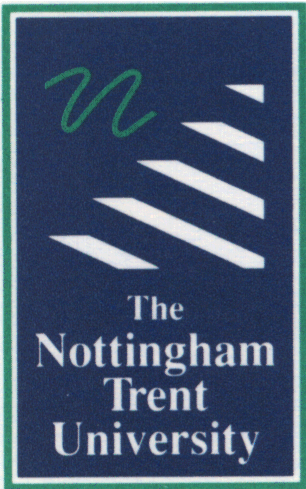

Over the past 20 years information technology has developed to
become a critical part of retailing, as we know it today. Retailers have
always been seeking for a method of knowing exactly what they
are selling, and what they have remaining in stock, in every
one of their retail locations.
Decisions need to be made regarding
re-ordering, stock allocation and transfers, price mark downs,
and so on and it is necessary that these details are known
precisely e.g. which bar of chocolate in terms of brand, flavour
and size. Therefore a retailer with a large number of stores
carrying a wide variety of different products faces a task of
collecting, collating and processing detailed information of this kind.
In general terms linking a cash register to a computer creates
Electronic Point of Sale, which in short is EPOS.
The diagram on the right (from Walsh, 1994)
gives an example of the sort of computer network used in an EPOS
system.
Components of EPOS systems
EPOS systems feature three main elements
1. Firstly the intelligent tills, which are often PC's in disguise.
They use bar code readers, which scans the purchase for the
detailed information to be displayed on the screen,
and the computer to which the scanning device is attached then
looks up the price of the item and the description, prints the
information on the customer receipts and adds the amount to the total.
2. The back office PC which links into the tills in the store.
Transactions are usually phoned into the central computer every
evening to give up to date information regarding sales and stock.
3. The final element is the software used with the system.
Usually based around a menu to give the user tables of information at
the press of a key.
See the diagram on the right (taken from Allison) for an example
of an EPOS system as a whole.
Analysis of the Advantages of using EPOS
- Orders to suppliers are immediate
- Deliveries can be scheduled more efficiently.
- Faster checkouts which means more efficient utilization of labour.
- Less need for checkout supervision.
- No price marking of all individual goods.
- Improved stock control coupled with the faster checkout service increases space utilization.
- Information obtained at point of sale can provide guidelines as to most ideal opening times.
- Buyers have up to date information regarding the sales of their accounts.
- Forecasting can be based on localized trends and seasonal fluctuations.
Customer Benefits
Reduced Queues to improved speed at point of sale.
Itemized bills give detailed sales receipts. These include descriptions
of the products along with price, the weight and price per pound, the
total number of items purchased along with the total cost and method of
payment. Details such as checkout assistants name and store
telephone number are also provided so that if possible queries
arise they can be rectified as quickly as possible.
Its said that there are fewer checkout errors as scanning is more
accurate than manual input.
The cost savings derived from speed of service, automatic stock inventory and reduced stock levels will reduce the supermarkets variable cost, which in the long term will be reflected in price levels.
Retailer/Supermarket benefits
- EPOS retailers have gained greater control over theft within their stores.
- Stock control. At the point of sale as soon as a transaction
is complete stock levels are updated.
Portable EPOS
Portable point technology has also recently been developed by Safeway in the creation of hand held EPOS system called "Shop & Go".
(As shown in the diagram on the right)
This enables customers to scan their own goods as they shop, without the need for them to visit the checkout. The way it operates is that a customer first needs to have a Safeway loyalty card, which he/she
inserts into a digital scanner. The liquid crystal display then tells the user which rack to take the scanner from. To add an item to the tally the user has to hold the scanner 2-3 inches from the bar-code and then press the '+' button on the scanner. The '=' button will give you a tally of the amount of items you have along with a total.
References
Allison, I., 1998, Management Information Systems Course Notes
The Nottingham Trent University
Walsh J., 1994 Computing Studies
Houlder and Stoughton Publishing.
 Click me to go back to the front page
Click me to go back to the front page


